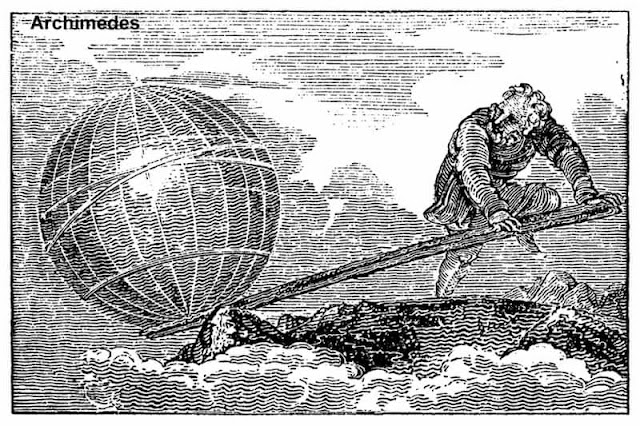The Equation Running the World
The banks are considered too big to fail: i.e if they go bankrupt the world may plunge into a depression. Ironically, the solution to this "too big to fail" problem from the 2008 financial crises has made the banks even bigger. Since then I have been paying more attention to the banking world. What do you think the banks do? In simple terms, banks are intermediaries between borrowers and savers. All they do is take money from savers who are looking for a return on their savings and give it to borrowers who are willing to pay interest on that money. Banks are at the center of how capitalism works today. And, that is what makes them too big to fail especially after the repeal of the Glass-Steagall act. A simple equation can explain how we got into the 2008 financial crises:
A bank's equity holders (shareholders) gain when the return on its assets rises. Maximizing RoE means holding fewer safe assets (cash, government bonds, etc.) since these provide low returns. When the return on all asset classes is low, another way to boost RoE is by increasing leverage. Banks can increase their leverage by borrowing more from depositors or debt markets and lending or investing the proceeds. That gives them more income-generating holdings relative to the same pool of equity. In the short-term, shareholders gain. Most bank CEOs are compensated based on RoE.
When the financial crises hit, the banks had leverage ratios of ~50 i.e. they could absorb only $2 in losses on each $100 of their assets. That helps explain why the American subprime market, although only a small fraction of global finance, could cause such trouble.
The main regulatory response was to revise international banking regulations with Basel III. The maximum leverage allowed by Basel III is 33. In America, the Volcker Rule will soon prevent deposit-taking banks from engaging in "proprietary trading" (in essence, investing in stocks, bonds, and derivatives using its customers' money). In theory, the Volcker Rule will shield deposits from traders' losses. In practice, it is difficult to distinguish between trading conducted with a view to serving customers and that done solely for the banks' benefit. Regulators in Europe are taking a different tack. They have proposed "ring-fences" that will separate customer deposits from banks' liabilities. Against them, banks would only be allowed to hold assets like cash, government bonds and loans to individual and firms. Activities deemed riskier, such as trading in shares and derivatives and underwriting companies' bond issuance, would sit outside the ring-fence, backed by a separate stash of capital.
The equation is still the same. The regulatory response is not trying to prevent failures but to prepare for them. Bank Managers have to manage the inherent tension in the equation i.e. between stability and profitability. Can we change the incentives for the Bank Managers? Can we make the economy less dependent on borrowing? Can we change the equation?
Adapted from The Economist Fall 2013 Schools brief

